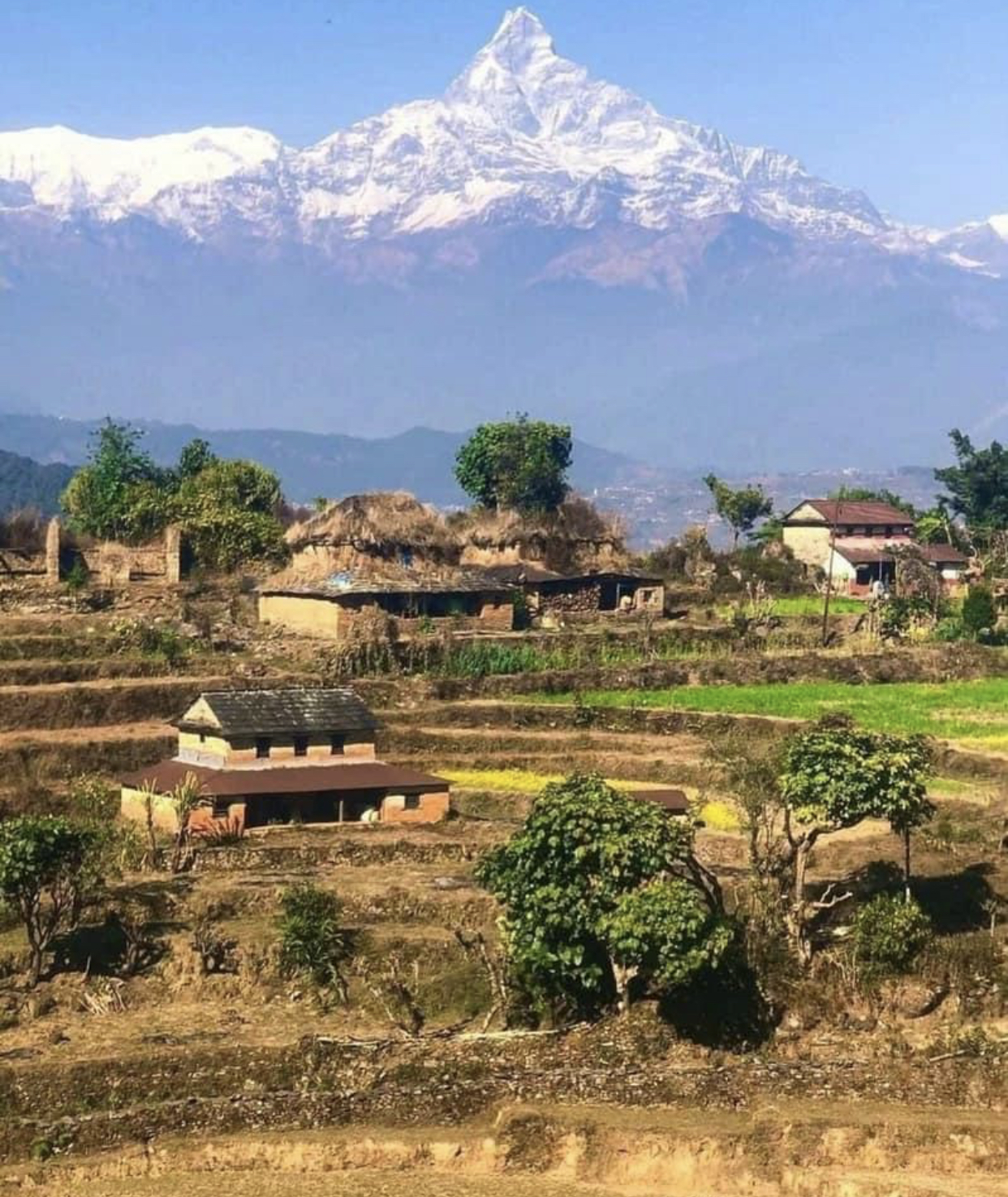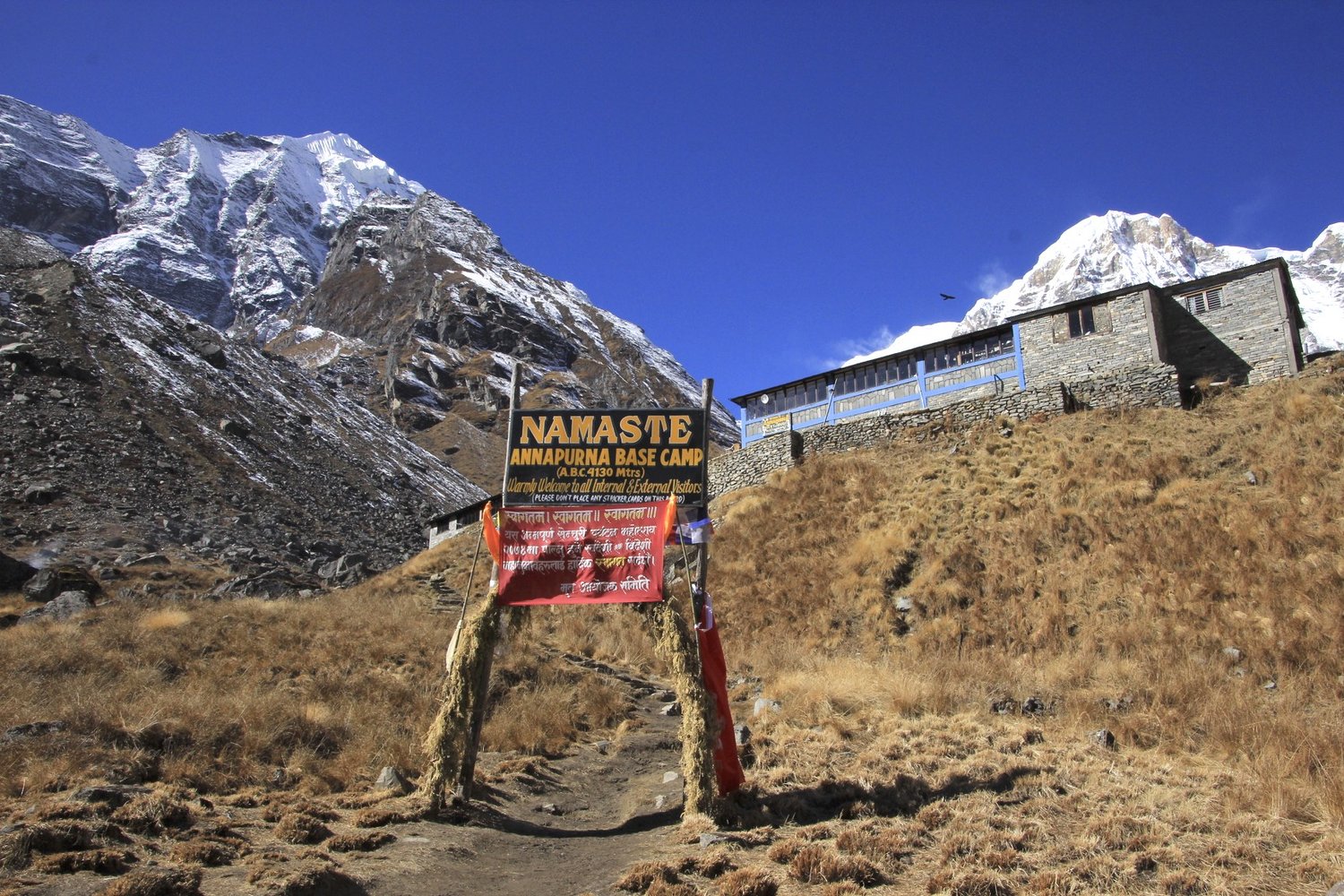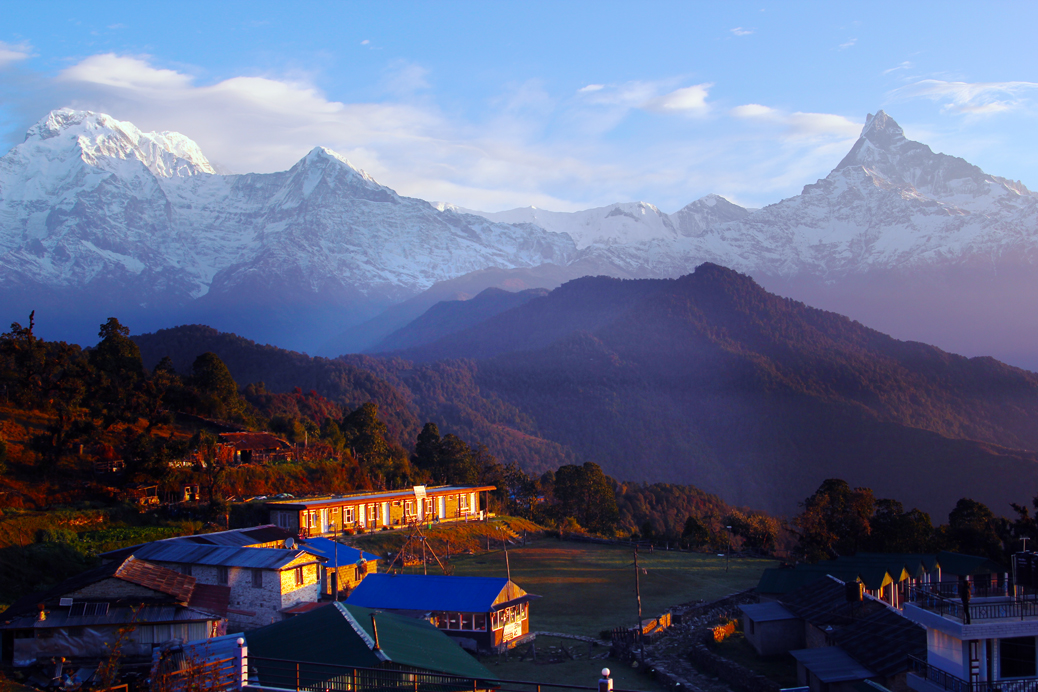Annapurna Base Camp (8-11 Days)










Also known as the Annapurna Sanctuary, the Annapurna Base Camp is a high glacial basin surrounded by a ring of mountains, all over 7,000 meters high. The basin, which sits at an altitude of over 4,000 meters, receives only a few hours of sunlight each day due to the towering mountains on all sides.
The contrast in vegetation between the southern and northern slopes is remarkable. The entrance to the sanctuary is a narrow valley between the peaks of Hiun Chuli and Machapuchhare (Fish Tail). The entire sanctuary is considered sacred by the local Gurung people.
Basically there are two approaches. The longer approach trek starts from Pokhara, then heads north along the traditional trade route towards the Tibetan villages via Birethanhti and Ulleri to Ghorepani. From here the trek contours eastward through thick rhododendron and oak forest to Tadapani to follow the Modi river valley, through thick bamboo and rhododendron forests into the Sanctuary itself. The other approach is by going directly heading to the village of Ghandruk from Pokhara then heading north to the Base Camp via Chhomorong.
The return is via a slightly different route through the villages of Chhomrong, Ghandrung and Birethanti to Pokhara and Kathmandu. The Sanctuary falls within the area managed by the Annapurna Conservation Area Project, which is an exercise in environmental and cultural protection accommodating the needs of both the visitors and local inhabitants.
There is a good mix of high mountains and Himalayan culture on this trek. The Annapurna Himal lies between the Kali Gandaki and Marshyangdi river valley, forming a solid, mountain basin. In its span of 40 miles, it encompasses some twelve peaks higher than 7000m and numerous others over 6000m. Rhododendron forests give way to bamboo groves, which in turn vanish into the high, desert landscapes. People of Aryan stock give way to those of Mongoloid stock and the dominant religion changes from Hinduism in the lower reaches to Buddhism higher up.







